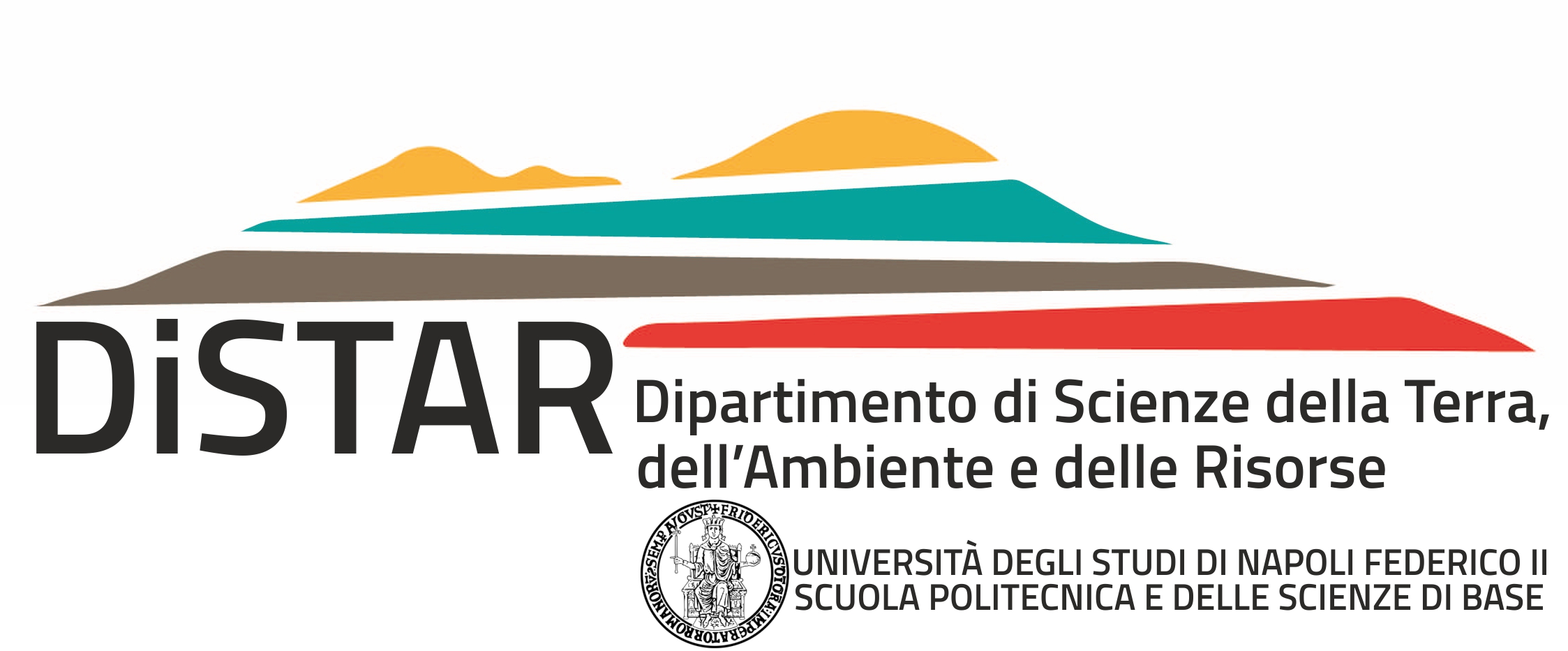 Dopo la pausa estiva riprende il programma delle Distinguished Lectures in Earth Sciences, organizzate dal Dipartimento di Scienze della Terra, dell'Ambiente e delle Risorse.
Dopo la pausa estiva riprende il programma delle Distinguished Lectures in Earth Sciences, organizzate dal Dipartimento di Scienze della Terra, dell'Ambiente e delle Risorse.
Il 3 Ottobre, alle ore 15 in aula Geo 4, Giovanni Zanchetta (Dipartimento di Scienze della Terra, Università di Pisa), terrà un seminario dal titolo:
The 4.2 ka climatic instability in the Mediterranean: a lesson for the future?
ABSTRACT: Given predictions of future climate, changes in meteoric precipitation and water resources seem certain to have important socio-economic and political impacts in the Mediterranean region. Understanding the hydrological variability of this region over different time scales is therefore an essential prerequisite for establishing a baseline for projected future climate change and impact on human society. The end of the mid-Holocene is often considered to be characterized by a widespread climatic event between ca. 4.3 and 3.8 cal. yr BP, (the so-called 4.2 ka climatic event) and it is used as formal boundary between Middle and Late Holocene. There is an increasing number of data supporting the notion that this climatic event also played an important role in the “collapse” of major ancient civilizations in India, China, Egypt, Mesopotamia and the Mediterranean. The Mediterranean region and the Levant have returned some of the clearest evidence for the 4.2 event, in particular in cave calcite deposits. Considering the prominent dry nature of this event in the Mediterranean it represents and interesting period to be used for comparing to future climatic changes in this region. However, some regional evidence is controversial and contradictory, and issues remain regarding timing, progression, and regional articulation of this event.
BIO: Giovanni Zanchetta is Professor at the Department of Earth Science (University of Pisa) teaching Global Changes, Stable Isotopes Paleoclimatology and Stable Isotopes Geochemistry. His research activity is mostly devoted to reconstruct Quaternary climatic evolution using geochemical proxies and synchronizing archives using tephra layers. He was a proponent and principal investigator of several national and international projects on climatic changes in different part of the world. He is author and co-author of more than 200 papers on international journals, quoted more than 6000 times (HI: 45). He is in the editorial board of international journals.
Il 10 Ottobre, alle ore 11 in aula Geo 2, Fabio Corbi (Freie Universität Berlin – Università Roma Tre), terrà un seminario dal titolo:
Interseismic deformation reveals precious information for earthquake forecasting: A proof of concept based on analog modelling and machine learning.
ABSTRACT: Subduction zones are complex dynamic systems hosting two of the most dangerous geo-hazards: mega-earthquakes and tsunamis. Despite the growing spatio-temporal density of geophysical observations at subduction zones, our understanding of the megathrust earthquake cycle continues to be limited by a series of factors. Among the others the short observation time compared to mega-earthquake recurrence and the partial spatial coverage of geodetic data. Here, I contribute to improving this understanding by simulating dozens of seismic cycles in a laboratory-scale analogue model of subduction. The model creates analog earthquakes of magnitude Mw 6.2–8.3, with a coefficient of variation in recurrence intervals of 0.5, similar to real subduction megathrusts. Using a digital image correlation technique, I measure coseismic and interseismic deformation with high accuracy (few tens of μm) and resolution (few mm). This is equivalent to having a very dense geodetic network homogeneously distributed over the whole margin, including the generally offshore seismogenic zone. I show that interseismic deformation reveals precious information for earthquake forecasting. The common procedure of analyzing slip-deficit is only partially useful for forecasting purposes. In fact, slip-deficit appears to be diagnostic of the location of highest slip but is poorly informative of the size of next event, even in the case of an ideally designed geodetic network. On the contrary, machine learning predicts well the timing and size of laboratory earthquakes by reconstructing and properly interpreting the spatiotemporally complex loading history of the system. I conclude showing future research paths for exporting this method to real subduction zones and demonstrating the contribute of this method for designing an efficient geodetic network, including the minimum space-time coverage requirements for imminence classification.
BIO: During his PhD and the following two years post-doc (2008-2013) Fabio Corbi joined the research activities of the Laboratory of Experimental Tectonics (LET, Univ. Roma Tre), where he used well established techniques for investigating long-term subduction-related processes and developed a new apparatus for reproducing lab-scale megathrust earthquakes. In 2013-2015, Fabio Corbi moved to GFZ (Germany) joining the activities of the Physics of Earthquakes and Volcanoes section and focusing on volcano-tectonics. In 2016 – 2017 Fabio Corbi got funded by a Marie Curie fellowship (MSCA-IF) with Univ. Montpellier (France) as host institution, and seismic asperities interaction as main investigation topic. Then (2018-2019) he came back to Univ. Roma Tre with a strongly multi-methodological background involving a blended combination of analog, numerical and analytical skills for investigating megathrust earthquakes and volcano-tectonics processes for which he has been awarded the TS Division Outstanding Early Carrier Scientist Award by the European Geosciences Union. At present (2019-2021), Fabio Corbi is supported by another fellowship funded by the German Academic Exchange Service (DAAD) with Freie Univ. Berlin (Germany) as host institution and in cooperation with Univ. Roma Tre. He is currently working on machine learning methods for deciphering the geodetic signals associated to the seismic cycle.

